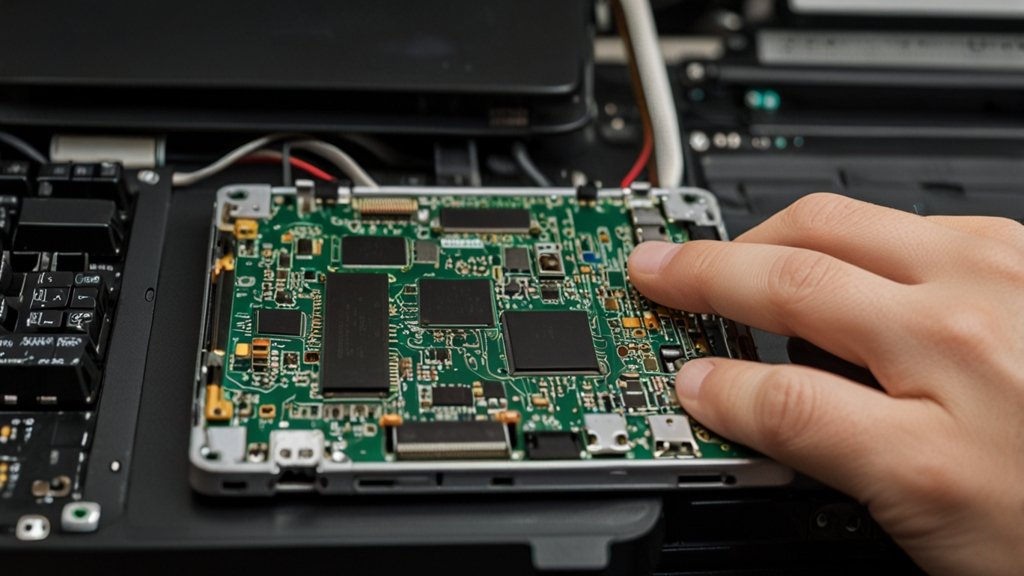In today’s fast-paced world, a slow laptop can hinder productivity and frustrate users. However, there are numerous ways to enhance your laptop’s performance, ensuring it runs smoothly and efficiently. This guide offers practical tips and tricks to help you optimize both speed and battery life, allowing you to get the most out of your device.
1. Manage Startup Programs
One of the easiest ways to improve your laptop’s boot time and overall speed is by managing the programs that start when you power on your device.
- How to Do It: Open Task Manager by pressing Ctrl + Shift + Esc. Navigate to the Startup tab, and disable any unnecessary applications that you don’t need running in the background.
2. Keep Your Operating System Updated
Regularly updating your operating system ensures that you benefit from the latest features, security updates, and performance improvements.
- How to Do It: For Windows users, go to Settings > Update & Security > Windows Update and click Check for updates. For macOS users, go to System Preferences > Software Update.
3. Optimize Storage Space
A full hard drive can significantly slow down your laptop’s performance. Keeping your storage optimized is crucial for maintaining speed.
- How to Do It: Use the built-in Disk Cleanup tool (Windows) or the Storage Management options (macOS) to remove unnecessary files. Consider transferring large files to an external hard drive or cloud storage.
4. Upgrade RAM
If your laptop is running slowly during multitasking or when running resource-intensive applications, upgrading the RAM can provide a significant performance boost.
- How to Do It: Check your laptop’s specifications to see if it allows RAM upgrades. If so, purchase compatible RAM sticks and follow the manufacturer’s instructions for installation.
5. Adjust Power Settings for Better Battery Life
Optimizing your laptop’s power settings can help extend battery life, allowing you to work longer without needing to recharge.
- How to Do It: Access your power settings through Control Panel > Power Options (Windows) or System Preferences > Energy Saver (macOS). Choose a power-saving plan or customize your settings to reduce screen brightness, turn off USB devices, and put the hard drive to sleep when not in use.
6. Use an SSD for Faster Performance
Upgrading from a traditional hard drive (HDD) to a solid-state drive (SSD) can significantly improve boot times and application loading speeds.
- How to Do It: If you’re comfortable with hardware upgrades, replace your HDD with an SSD. Alternatively, you can clone your existing drive to the new SSD using third-party software for a seamless transition.
7. Uninstall Unused Applications
Having too many applications installed can consume system resources, leading to slower performance. Regularly review and uninstall any applications you no longer use.
- How to Do It: Go to Control Panel > Programs > Programs and Features (Windows) or Finder > Applications (macOS) and uninstall unnecessary applications.
8. Limit Background Processes
Background processes can drain resources, impacting performance. Managing these processes can free up memory and CPU usage.
- How to Do It: Open Task Manager (Ctrl + Shift + Esc) and review the Processes tab. End tasks that are consuming excessive resources but ensure you don’t close essential system processes.
9. Clean Up Temporary Files
Over time, temporary files can accumulate, taking up valuable space and affecting performance. Regularly cleaning these files can help optimize your laptop.
- How to Do It: Use Disk Cleanup (Windows) or a third-party application like CCleaner to remove temporary files and system cache. For macOS, go to Finder > Go > Go to Folder and type
~/Library/Cachesto manually delete cache files.
10. Adjust Visual Effects
While visual effects can enhance the aesthetic of your operating system, they can also slow down performance, especially on older laptops.
- How to Do It: For Windows, go to Control Panel > System > Advanced System Settings > Performance Settings and select Adjust for best performance. For macOS, reduce transparency and motion under System Preferences > Accessibility > Display.
